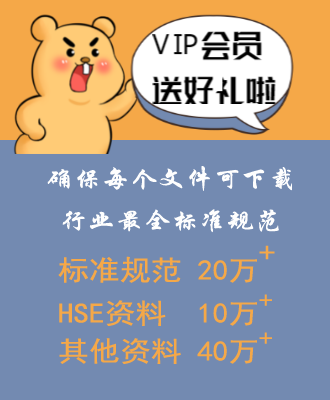

Clinical evaluation of the quantitative locator for conjunctiva resection used as an instrument for
- 期刊名字:中华医学杂志(英文版)
- 文件大小:
- 论文作者:LI Qing-song,ZHANG Xing-ru,XIA
- 作者单位:Department of Ophthalmology
- 更新时间:2023-04-18
- 下载次数:次
Background The crescent excision of the inferior bulbar conjunctiva has been advised as a surgical procedure in the management of conjunctivochalasis refractory to medical treatments. However, it is difficult for this procedure to design how much conjunctival tissue should be excised. This study aimed to present a quantitative locator for conjunctiva resection and evaluate its effect on the treatment of conjunctivochalasis (CCh). Methods Poly P-hydroxyethyl methacrylate resin/|3-hydroxyethyl methacrylate (HEMA, water gel) was used as the material to make the quantitative locator which was designed to suit the specific patient. Forty-six patients with bilateral symptomatic CCh were included in this prospective study. Of the patients, while the right eye underwent the popularly used crescent-shaped conjunctiva resection (group Ⅰ), the left eye was treated with conjunctiva resection assisted by the quantitative locator (group Ⅱ). International Ocular Surface Disease Index (OSDI), scores of remnant conjunctiva fold, complications and conjunctival cut healing, height of tear meniscus, tear break-up time (BUT), and time of surgery were evaluated. Tasting chloromycetin test (TCT) was used to evaluate how the lacrimal duct worked.Results OSDI in group II (8.82±2.36) was significantly lower than that in group Ⅰ (14.67±2.21) (t=12.22, P<0.01). The amount of conjunctiva fold remaining in group Ⅱ was less than that in group Ⅰ. Scores of remnant conjunctiva fold in group Ⅰ were significantly higher than those in group Ⅱ (t=31.85, P <0.01). While evaluation scores of conjunctival cut healing in group Ⅰ were lower than those in group Ⅱ, scores of complication in group Ⅰ were significantly higher than those in group Ⅱ at 8 weeks after surgery (t=89.60, P<0.01). There was no significant difference in eyes with normal BUT (x=0.031, P=0.985) between the two groups, as the case was in eyes with positive TCT (x2=0.14, P=0.930) and in eyes with normal height of tear meniscus (x2=0.48, P=0.780). Mean surgery time in group Ⅱ ((17.11±2.08) minutes) was significantly shorter than that in group Ⅰ ((25.22±4.78) minutes) (t=13.84, P<0.01).Conclusion A quantitative locator can be used as an effective, safe, and less time-consuming instrument to facilitate conjunctival excision for symptomatic CCh treatment.
-
C4烯烃制丙烯催化剂 2023-04-18
-
煤基聚乙醇酸技术进展 2023-04-18
-
生物质能的应用工程 2023-04-18
-
我国甲醇工业现状 2023-04-18
-
JB/T 11699-2013 高处作业吊篮安装、拆卸、使用技术规程 2023-04-18
-
石油化工设备腐蚀与防护参考书十本免费下载,绝版珍藏 2023-04-18
-
四喷嘴水煤浆气化炉工业应用情况简介 2023-04-18
-
Lurgi和ICI低压甲醇合成工艺比较 2023-04-18
-
甲醇制芳烃研究进展 2023-04-18
-
精甲醇及MTO级甲醇精馏工艺技术进展 2023-04-18

